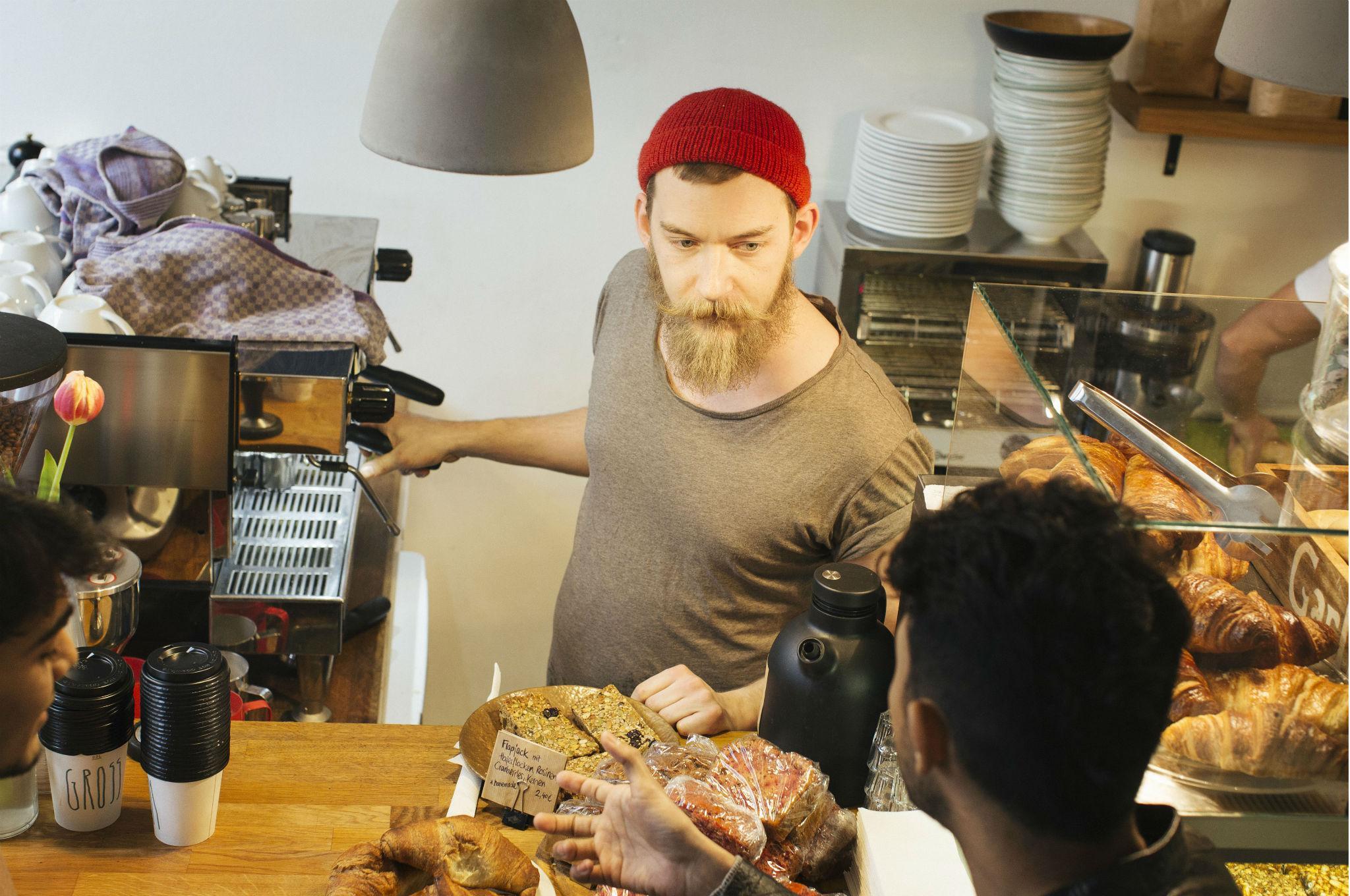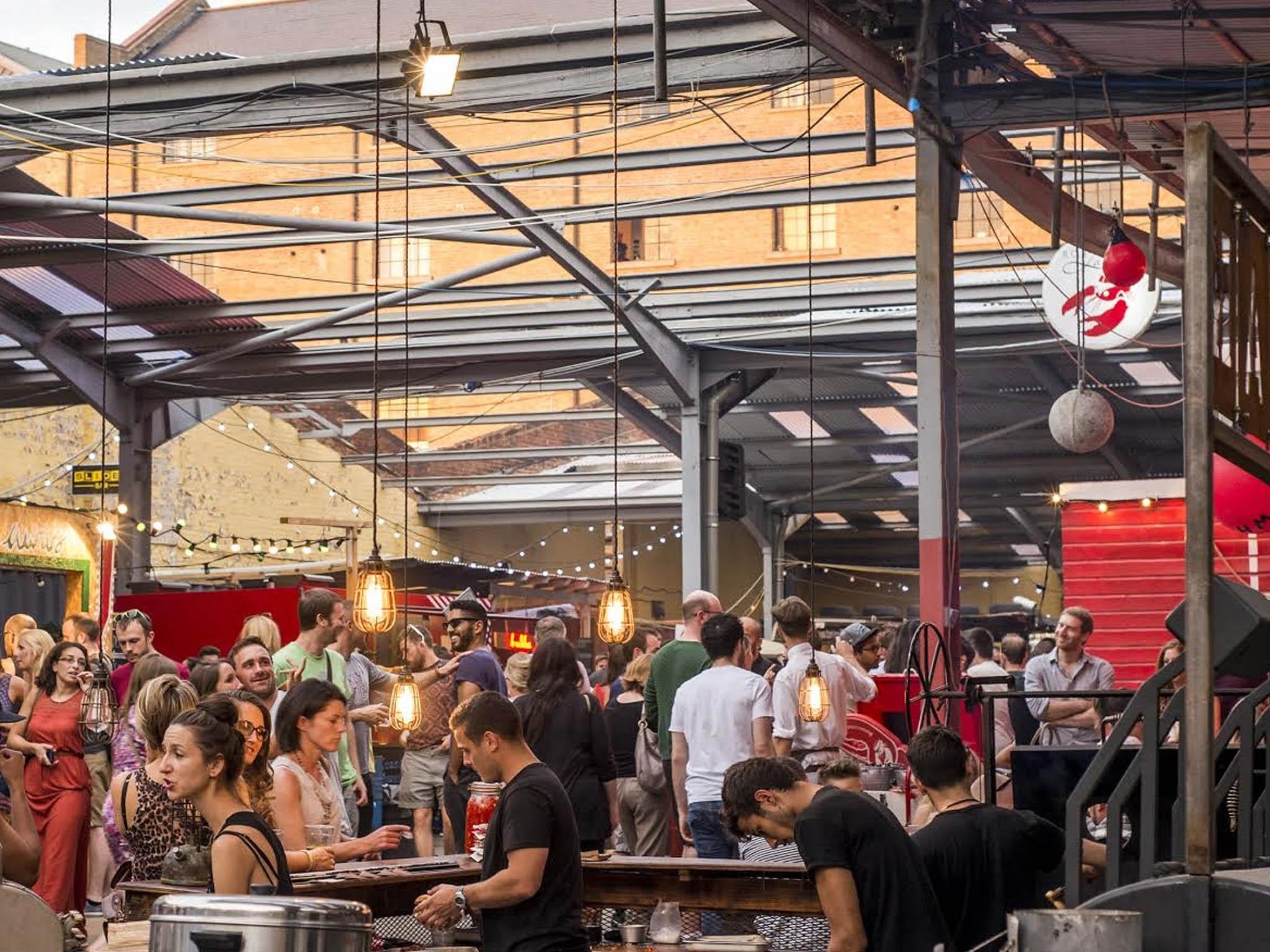Hipster hotspots pushing up house prices across the UK
Property prices in Dalston have increased by nearly 60% over the past five years

Your support helps us to tell the story
From reproductive rights to climate change to Big Tech, The Independent is on the ground when the story is developing. Whether it's investigating the financials of Elon Musk's pro-Trump PAC or producing our latest documentary, 'The A Word', which shines a light on the American women fighting for reproductive rights, we know how important it is to parse out the facts from the messaging.
At such a critical moment in US history, we need reporters on the ground. Your donation allows us to keep sending journalists to speak to both sides of the story.
The Independent is trusted by Americans across the entire political spectrum. And unlike many other quality news outlets, we choose not to lock Americans out of our reporting and analysis with paywalls. We believe quality journalism should be available to everyone, paid for by those who can afford it.
Your support makes all the difference.Major cities across Britain are becoming home to “hipster hotspots” - pushing up house prices strongly in places such as Bristol, Manchester and Edinburgh as well as in London - research has found.
Property website Zoopla looked into the impact on house prices in areas which have attracted new generations of creative, upwardly-mobile people. Some neighbourhoods have become more “gentrified” as younger generations of home buyers have found themselves priced out of the areas nearby.
Dalston in East London was identified by Zoopla as the top hipster hotspot, with property prices there having typically increased by nearly 60% over the past five years, now averaging £633,593.
While London's Shoreditch, Stratford, Tooting and Stoke Newington were also identified as having seen strong house price growth, Zoopla found that away from London, property values in other cities' suburbs have also surged as their popularity has grown.
Montpelier in Bristol, which has previously been dubbed one of the “coolest” places to live in Britain, has seen property price growth of nearly 40% across the last five years.
Meanwhile, Chorlton in Manchester has seen house prices increase by 28% over the past five years. And in Wales, Penarth, with its seaside views and close proximity to Cardiff making it a popular location for young professionals, has seen property values jump by 23% since 2011.
Birmingham was also identified as a hipster hotspot, with property values in the Jewellery Quarter having increased by 31% over the past five years.
And in Leith in the Edinburgh area, house prices have increased by 13% since 2011. Glasgow's Finnieston has also seen property values increase by 20% over the past five years.
Lawrence Hall, a spokesman for Zoopla, said: “As cities change shape and property prices continue to climb, it is inevitable that run-down areas are revived to accommodate growing resident numbers, resulting in new trendy hotspots starting to appear.
”Given London's population and size, and the city's ongoing gentrification process, it's not surprising to see the capital's edgy enclaves dominating the hipster hotspot rankings.
“With gentrification happening across UK cities, we have seen a shift in price for these areas over the past five years as well as a new set of residents for these hotpots in these ever-growing cities.”
Here are Britain's top 10 hipster hotspots by house price growth, according to Zoopla, with the average percentage increase in property prices since 2011 and the average property price in 2016:
1. Dalston, London, 59.89% £633,593
2. Shoreditch, London, 58.06%, £526,244
3. Stratford, London, 57.15%, £491,222
4. Stockwell, London, 52.17%, £598,615
5. Stoke Newington, London, 51.62%, £671,943
6. Tooting, London, 51.61%, £670,895
7. Montpelier, Bristol, 39.93%, £494,158
8. St Pauls, Bristol, 38.55%, £261,300
9. Stokes Croft, Bristol, 37.12%, £317,800
10. Jewellery Quarter, Birmingham, 31.34%, £151,689

And here are the top hipster hotspots in and around 10 of Britain's cities according to Zoopla, with the percentage increase in average property prices since 2011 and the average property price in 2016. The cities are ranked by property value growth:
1. London, Dalston, 59.89%, £633,593
2. Bristol, Montpelier, 39.93%, £494,158
3. Birmingham, Jewellery Quarter, 31.34%, £151,689
4. Manchester, Chorlton, 28.42%, £300,099
5. Leeds Headingley/Hyde Park, 27.81%, £196,608
6. Sheffield, Ecclesall Road, 25.16%, £338,949
7. Cardiff, Penarth 23.40%, £311,377
8. Glasgow, Finnieston, 20.31%, £214,817
9. Liverpool, The Baltic triangle, 18.52%, £161,078
10. Edinburgh, Leith, 13.49%, £209,330
PA
Join our commenting forum
Join thought-provoking conversations, follow other Independent readers and see their replies
Comments